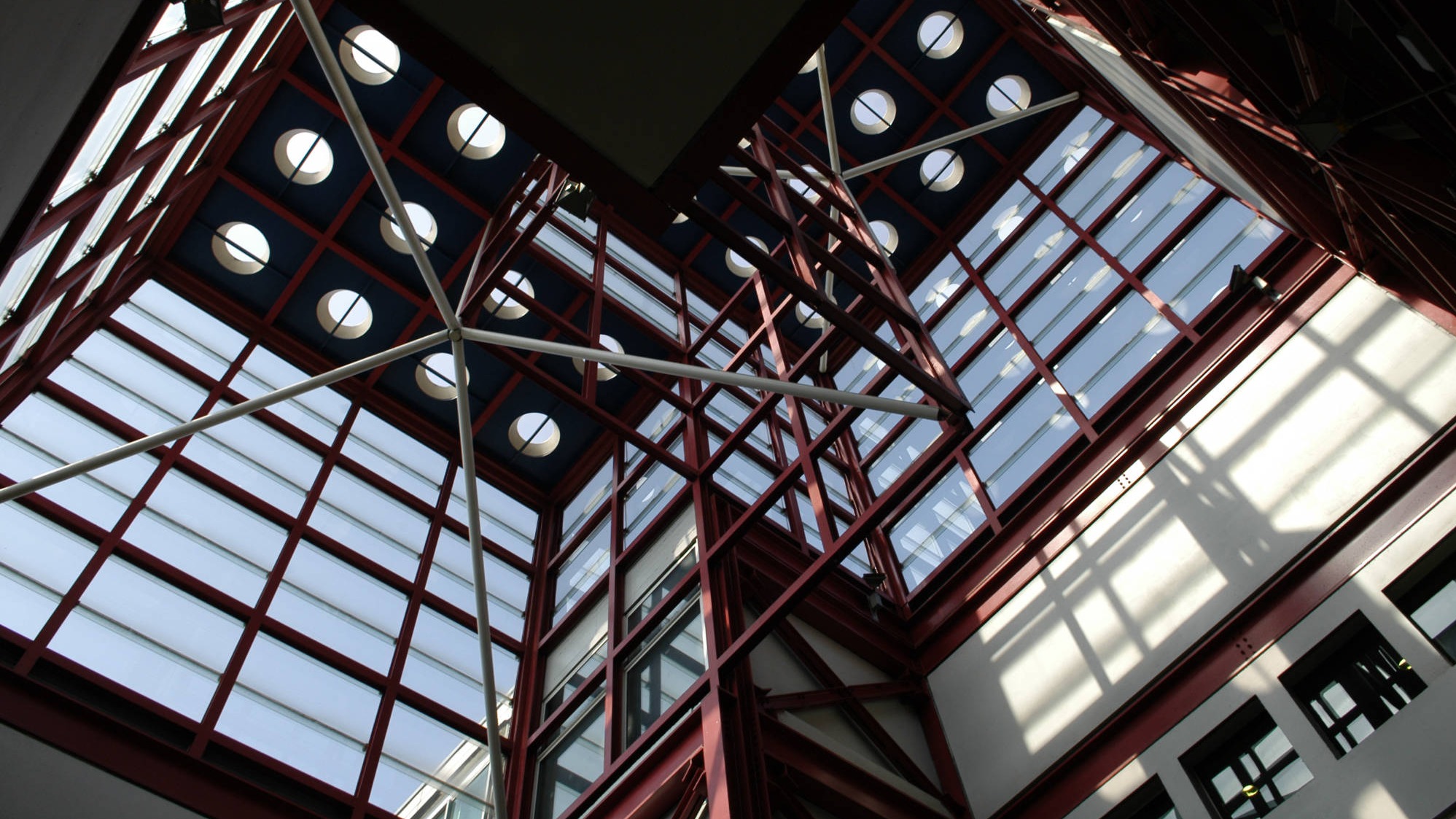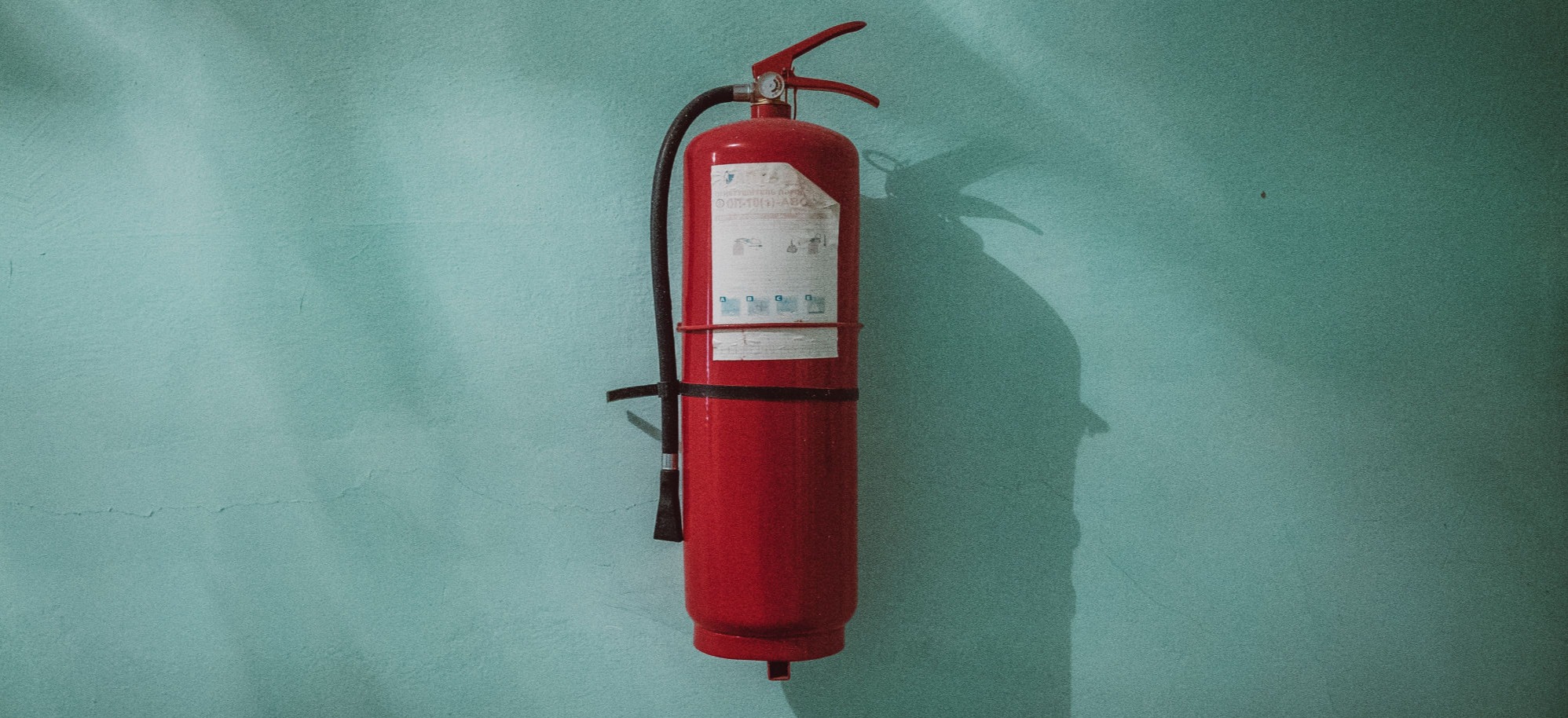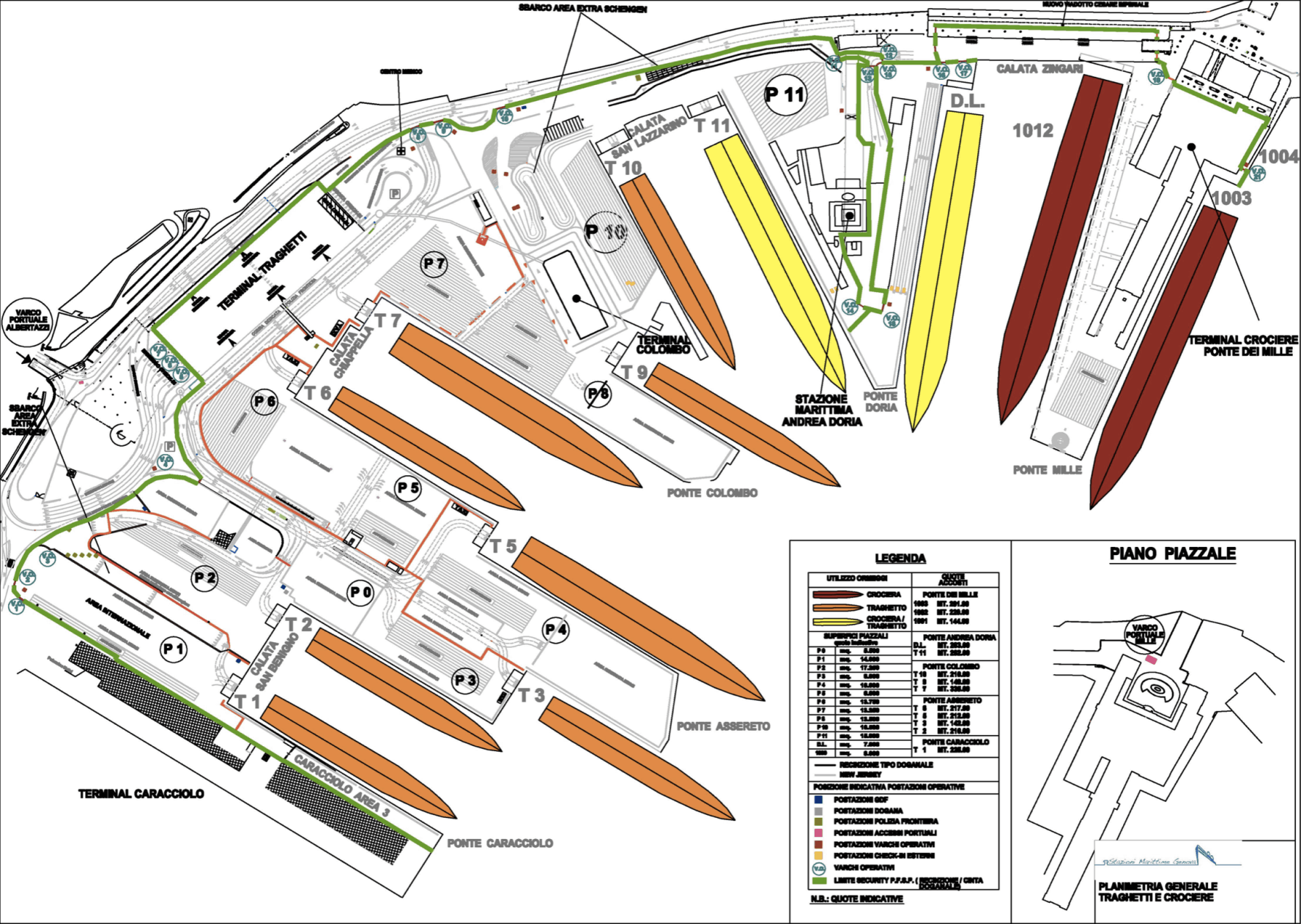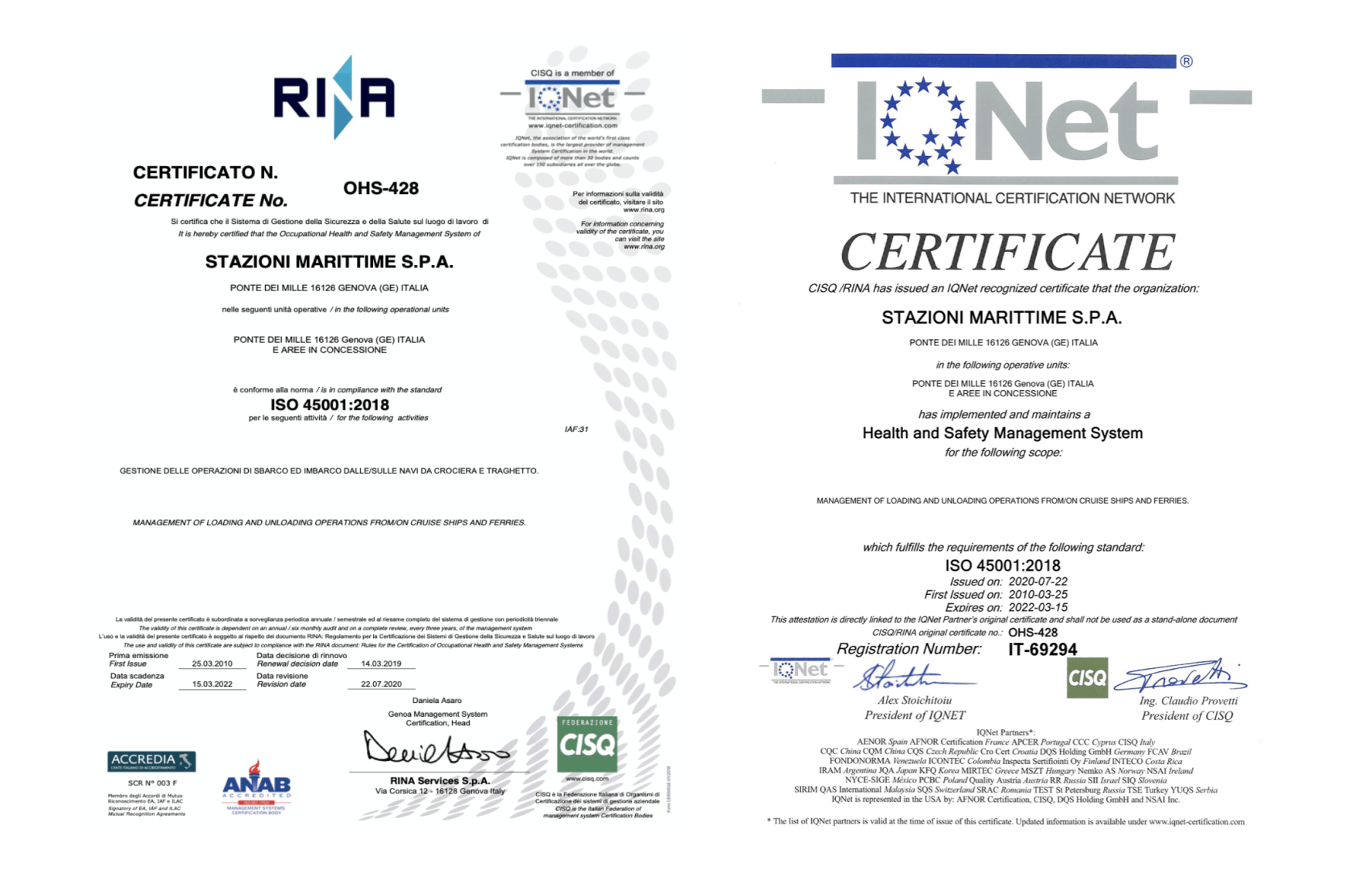RULES OF CONDUCT IN CASE OF EVACUATIONIf the type of emergency in progress makes it necessary to evacuate one or more areas, the Emergency Coordinator will give the evacuation order
Once the order to evacuate the premises has been given, the staff of the emergency team will move to the defined places to manage the evacuation in the best possible way and will act to evacuate those present as quickly as possible towards the safe places, taking into account the location of the epicentre of the emergency and the routes for emergency and service vehicles and the evacuation routes reserved for people as shown on the special plans posted on the Terminal premises.
At this stage, everyone must follow the instructions given by the team's staff for the management of emergencies who, in such an occasion, must avoid the onset of panic.
In the presence of disabled persons or persons with walking difficulties, the emergency team personnel will evacuate them.
In case of need for evacuation, the emergency team personnel must guide passengers inside the Terminal towards the safe places by using the escape routes and emergency doors identified by appropriate signs, avoiding lingering in the immediate vicinity so as not to create blockages and hinder the flow.
The escape routes to be used in closed environments are those clearly indicated by signs; their routes are also visible on the plans displayed in the various Terminal areas.
From this moment on, the emergency team is mobilised via radio and prepares the quay in a suitable way in order to reserve an area, possibly delimited by a white and red tape to be reserved for rescuers and emergency vehicles.
Since power supply may fail during the emergency,
IT IS ABSOLUTELY PROHIBITED TO USE THE LIFTS.In the event that the premises are filled by smoke, during rescue and evacuation operations, it is advisable to protect your nose and mouth with a handkerchief, preferably a wet one.
As smoke and most combustion products are lighter than air, walk stooped over and, where necessary, crawl along the ground.
Having to cross or approach flames, if possible, ensure that your clothes are thoroughly wet.
When the anomalous situation occurs and the emergency team deems it necessary to clear the uncovered areas. The persons involved, invited to leave the areas, must move away as quickly as possible from the centre of the emergency, using the preferential routes appropriately identified, following the following indications:
- exit swiftly from the buildings and follow the marked routes to the assembly points
- avoid panic and follow the instructions of the staff
- do not take luggage or other personal effects with you that may hinder your escape
- do not delay by retrieving luggage or other personal effects
- do not hang around nearby to "snoop" on the evolution of the situation.
- do not hinder the operations of the rescue teams
- always give priority to emergency and fire-fighting vehicles.
- in order not to hinder rescue operations, vehicle owners should remove their vehicles as far as possible from the areas affected by the emergency.



